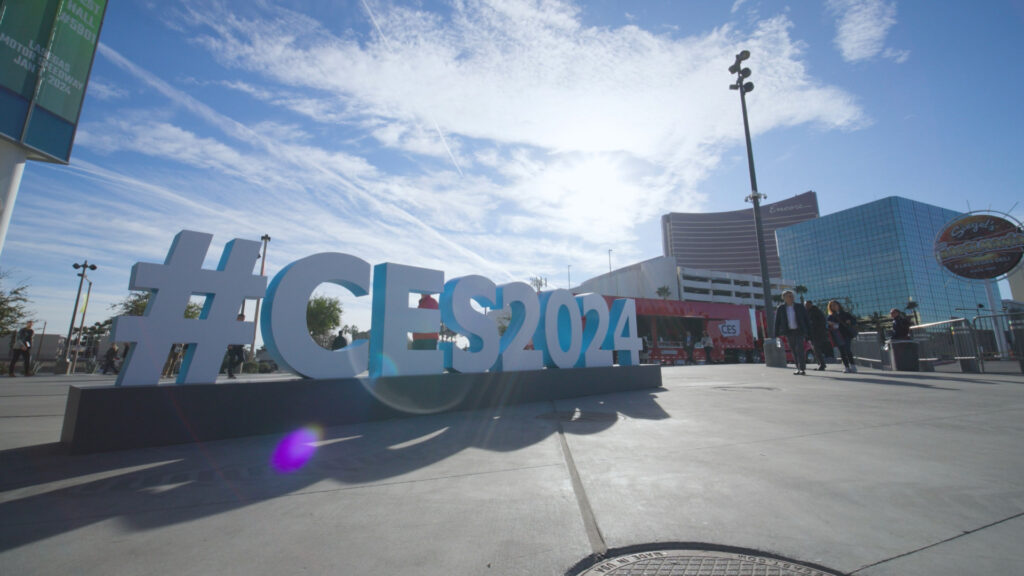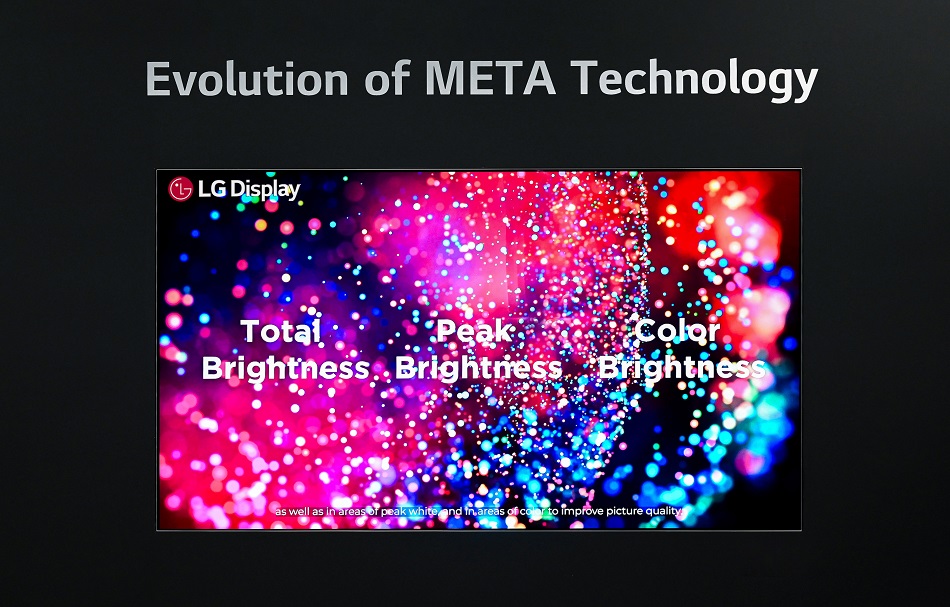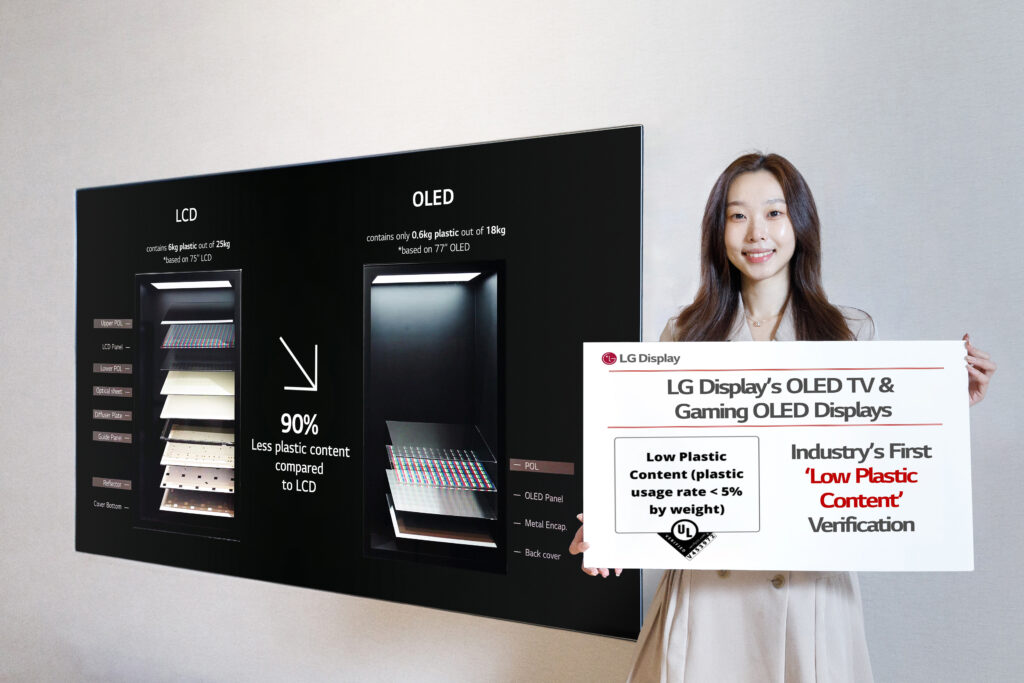DISPLAY 101
#22 Stripping
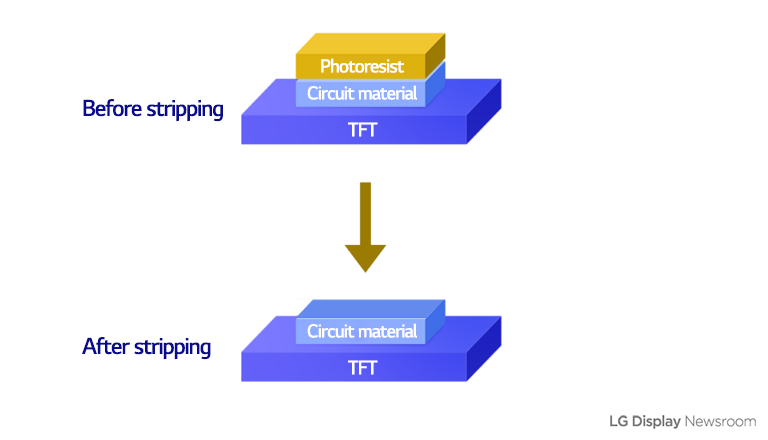
| Stripping: The process of removing the photoresist that remains on the substrate after the pattern has been etched into it. |
After the etching process, the “stripping” process is the final stage of thin-film transistor (TFT) creation. In this stage, the remaining photoresist components are removed from the deposited layer to complete the TFT pattern. Many processes are required from substrate cleaning to photoresist coating, exposure, development, etching, and stripping, so you might think that the remaining substrate panel would be thick. However, the panels manufactured through TFT processes are quite thin, only 1/1000th the thickness of a human hair.
Photoresist – why get rid of it?
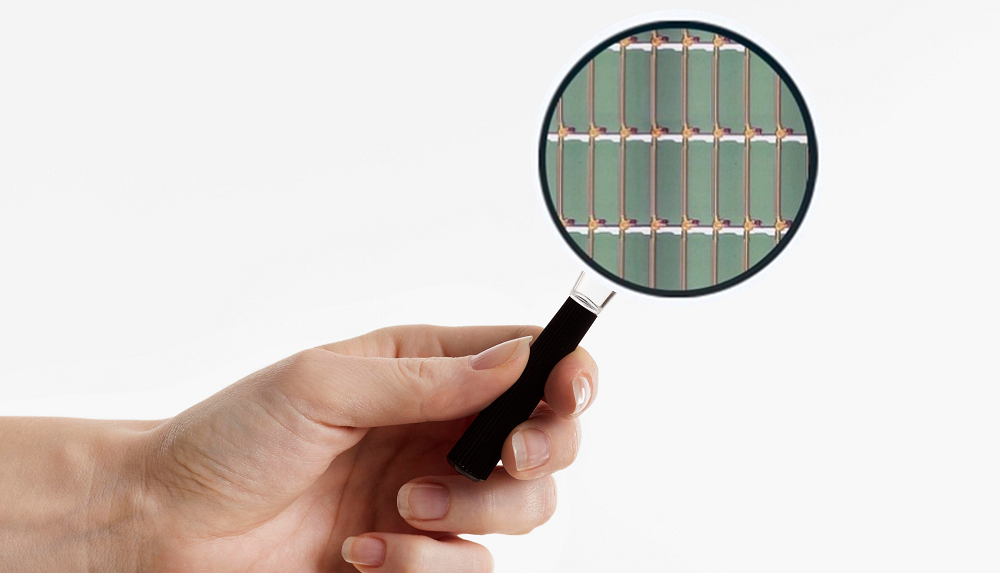
As previously covered, photoresist is a photosensitive substance that reacts to light and causes a chemical change. By exposing the negative or positive photoresist painted on the TFT substrate to light in an appropriate way, the desired pattern is created. Then, through the etching process, the part where the photoresist does not still exist is removed. The remaining photoresist is no longer needed and must be cleanly dissolved through the stripping process. After going through the stripping process, a complete TFT is produced as shown in the picture above.




